An escalating battle between junta troops and ethnic rebels means the residents of Pa Law Ta Moe can’t go home.
By Pimuk Rakkanam for RFA
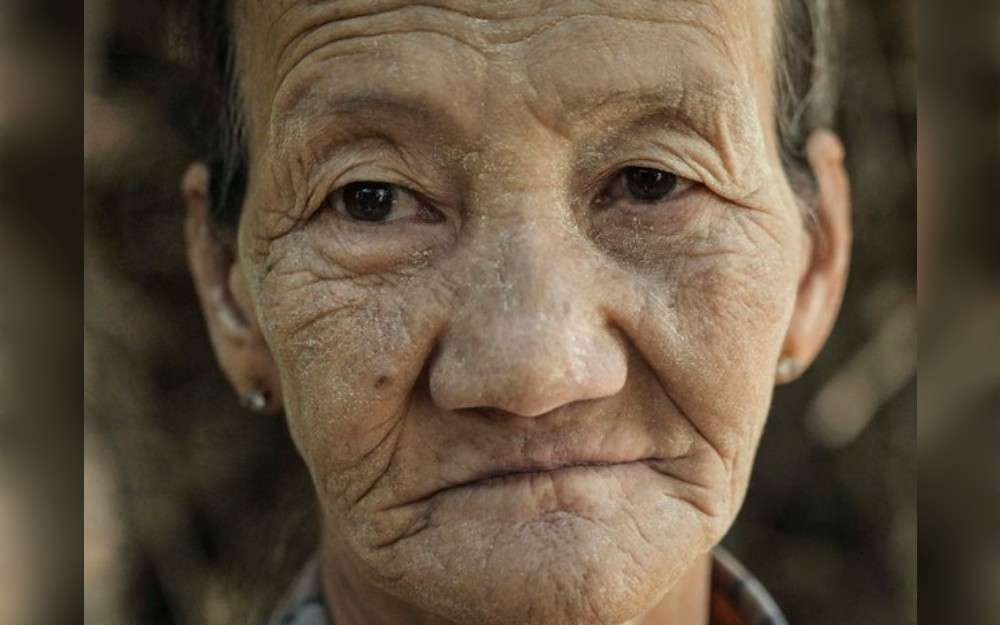
Yin Sein worries that her plastic-sheet-roofed bamboo shack in Pa Law Ta Moe camp for internally displaced persons will be
flooded this coming rainy season.
The 70-year-old and her husband have lived on the banks of the Thaunggin River for more than three years after fleeing fighting near their home in Htee Mei Wah Khee, about 93 km (58 miles) to the southwest. Her township came under attack from junta forces following the February 2021 coup against the civilian government.
“I’m concerned about the coming rain. Where would I go? My hut is on the river bank,” she told Radio Free Asia.
Her shack and a few others stand apart from most of the temporary homes built on higher ground.
“I badly want to go home but I can’t,” she said. “I don’t know when I’ll be able to.”
She is among more than 1,000 people, including children, who take refuge in the camp, about 20 km (12 miles) south of Myawaddy city. There are three more satellite camps nearby, but Pa Law Ta Moe is the only place with a hospital and surgery.
After the Karen National Liberation Army started attacking the junta’s Infantry Battalion 275 in Myawaddy on April 6, the Myanmar Air Force has bombed the rebels in the township and nearby Kawkareik town almost daily, according to residents and Thai soldiers.
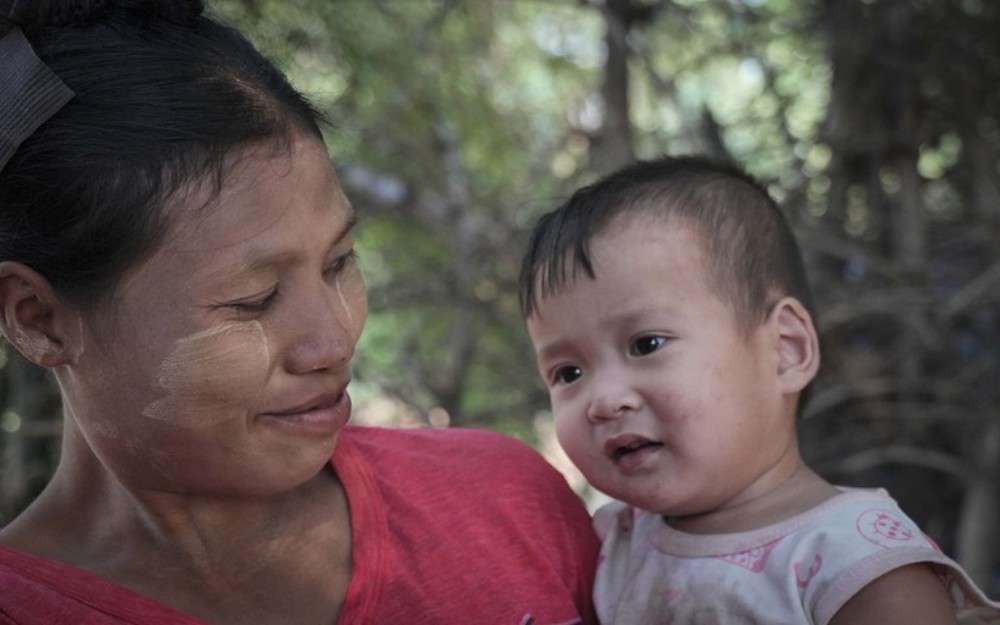
Another refugee from the nearby village of Palu said she is also afraid to go home.
“I fled here nearly a month ago. There was fighting in Palu,” Zin Ma U, holding a 2-year-old child, told RFA.
Inadequate assistance
Since the State Administration Council – as the junta is formally known – took power, nearly 3 million residents across Myanmar have been forced to abandon their homes for safety and live in camps, according to the U.N. Many are staying along the Salween River to the north and Thaunggin River to the south.
RFA followed the People’s Empowerment Foundation, or PEF, a Thai humanitarian group, to the camp inside Kayin state to deliver relief aid valued at just over US$4,000. According to Saw Pattayar, the district chief of Myawaddy, that is enough for only 10% of the refugee population here.
They are short of medical supplies, clean drinking water, food and other necessities, including rooftop materials, Saw Pattayar said.
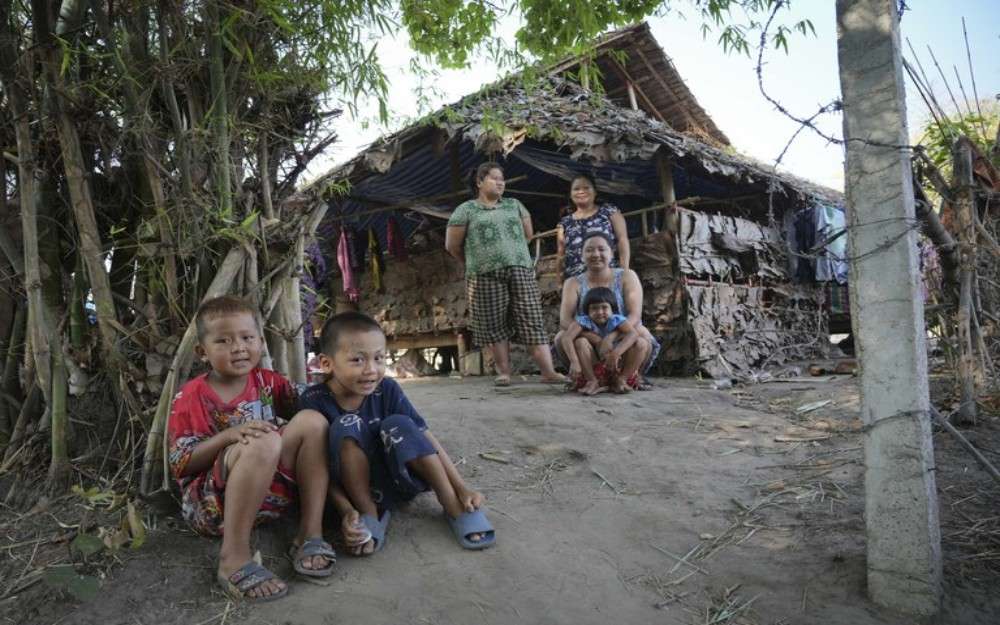
In late March, Thailand’s first shipment of aid arrived in Myanmar for a selected 20,000 people to cover their acute needs. Residents of Pa Law Ta Moe were not on the list, Saw Pattayar, said.
The shipment was the first of a Thai government initiative, sent through a new humanitarian corridor and delivered by Myanmar’s Red Cross.
Saw Pattayar said he would prefer it if the Thai government dealt directly with ethnic groups.
The PEF questions the effectiveness of the Thai government program, given the huge number of people displaced by conflict.
“What does Thailand’s humanitarian corridor mean? Just a one-time event without follow-up,” PEF director Chalida Tajaroensuk said to RFA. “It should go through the Karen National Union [political organization], not the government-directed Red Cross.”
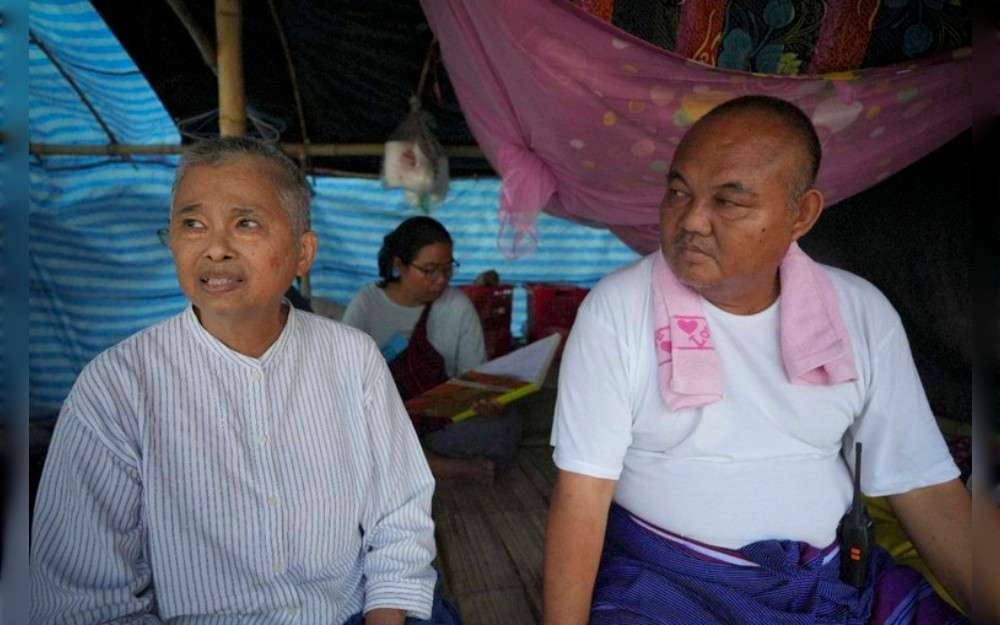
An official at the Thai foreign ministry said the ministry plans to follow up with more shipments, but has yet to fix the date.
On Thursday, the member states of the Association of Southeast Asian Nations, or ASEAN, issued a statement expressing deep concern “over the recent escalation of conflicts, including in the area of Myawaddy, Kayin state, along the border area between Myanmar and Thailand and in Rakhine state of Myanmar, which have caused displacement of civilians.”
The statement came as the Myanmar junta announced a state-level offensive called “Operation Aung Zeya” to capture the strategic city of Myawaddy.
The junta’s last infantry battalion base fell on April 10 leaving about 200 soldiers stranded near Thai-Myanmar Friendship Bridge No. 2 – one of two bridges which regulate both people and goods and connect Myawaddy to Thailand’s Mae Sot.
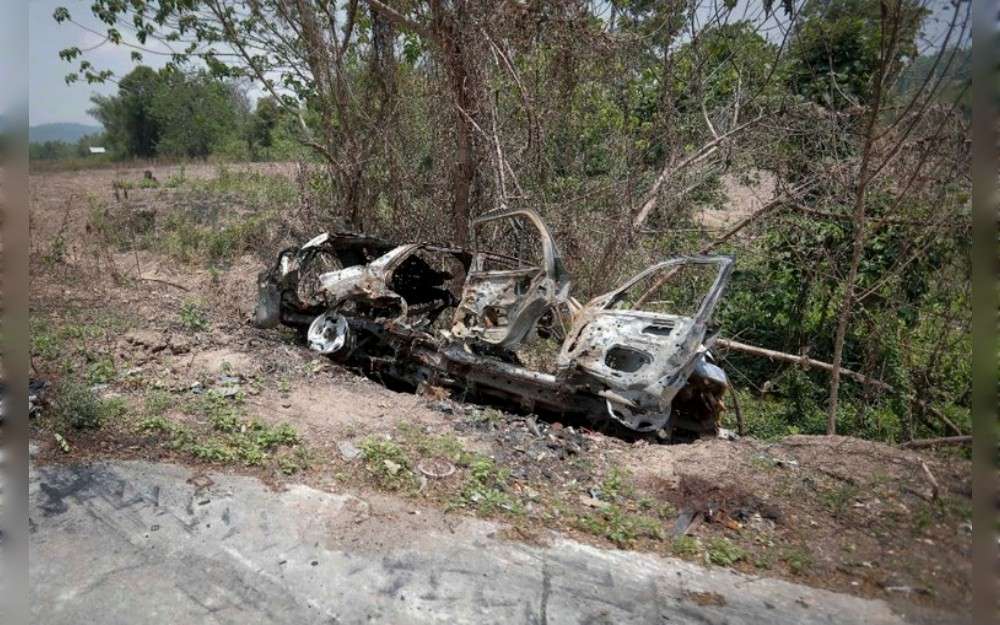
In order to solve the ongoing conflict, Saw Pattayar said he prefers peaceful means to the use of force.
“People are currently attempting to solve the ongoing political crisis through armed struggle. However, for the sake of those who are facing difficulties, dialogue is necessary,” he told RFA.
“I believe that the fighting will continue for an extended period. Therefore, all leaders of armed organizations should come together to resolve the crisis through dialogue.”
Edited by Mike Firn and Joshua Lipes.
“Copyright © 1998-2023, RFA.
Used with the permission of Radio Free Asia,
2025 M St. NW, Suite 300, Washington, D.C. 20036.
https://www.rfa.org.”














